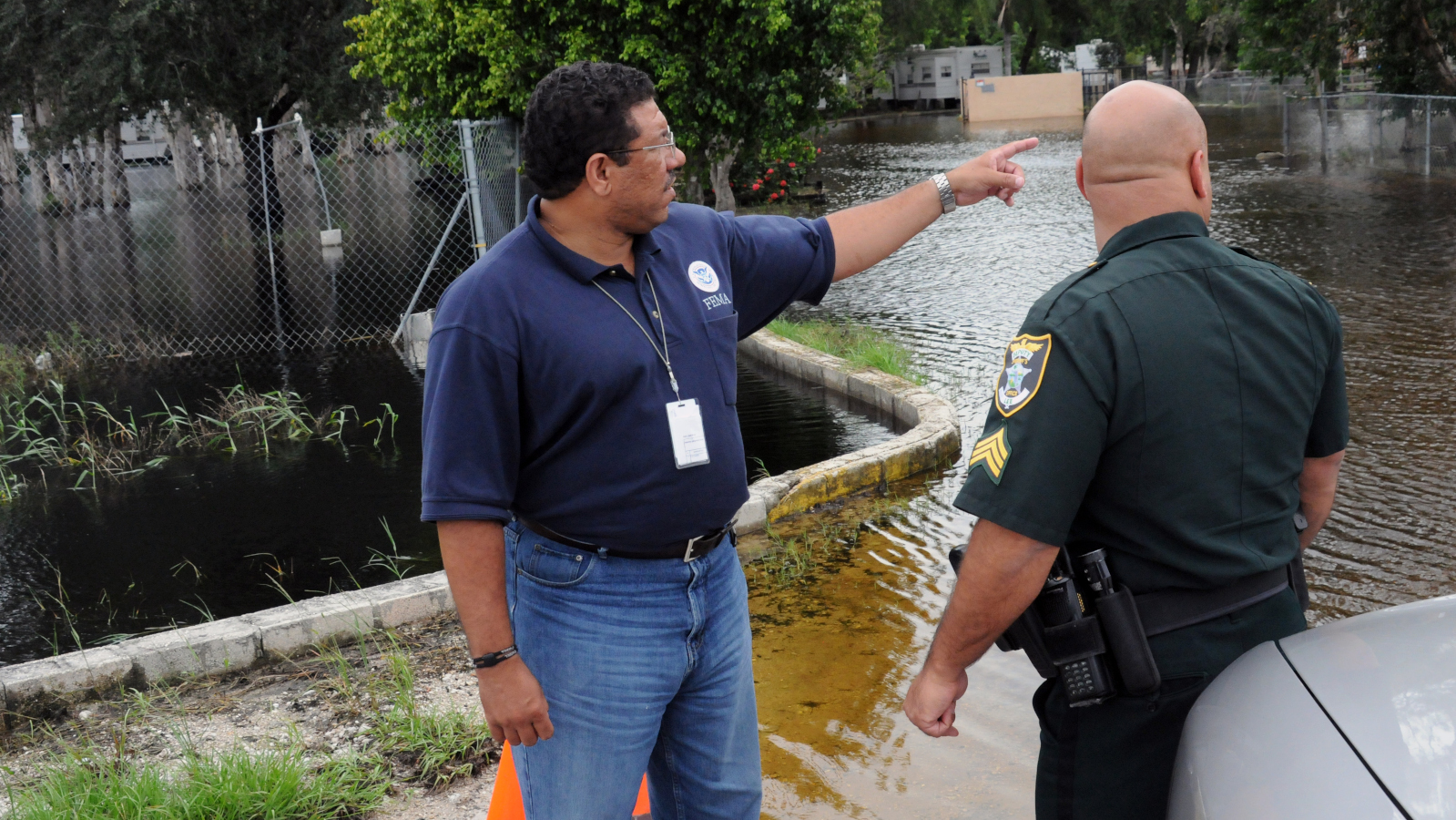
Deputy Commissioner of Property and Casualty Susanne Murphy leading a town hall meeting. | Twitter
Some property owners in 19 Florida counties may get insurance rate hikes of more than 40% in 2020 because estimated and reported losses from Hurricanes Irma and Michael continue to rise.
The state went a decade without a hurricane making landfall until 2017. Reinsurers now demand rate increases by the carriers after Irma in 2017 and Michael in 2018. They also demand that private insurance companies in the state ask for higher premiums to cover their investors.
“Reinsurance is simply defined as insurance coverage purchased by an insurance carrier,” Peter Scourtis, a principal actuarial consultant with Merlinos & Associates of Peachtree Corners, Georgia, told Center Square.
In June 2019, AM Best said that rising reinsurance prices create another stumbling block for insurance carriers. The organization’s projected increase of 15% to 20% for reinsurance costs now seems low.
Reforms to the assignment-of-benefits (AOB) law fueled expectations that property rates might drop. The abuses of the law put a larger burden on the 6.2 million Florida property insurance policyholders. Rates increased an average of 36% between 2013-2018, the Insurance Information Institute said.
In 2019, the state Office of Insurance Regulation (OIR) delayed the annual June rate renewals to give insurers until early 2020 to gauge the AOB bill’s real impact, Center Square reported.
Between 2013 and late 2019, only one private insurer had a public hearing before the OIR. The state requires hearings for rate increase proposals of more than 15%.
Since December, three insurers sought larger rate increases. Velocity Risk Underwriters of Nashville, Tennessee, asked for an average of 28.1% rate hike for 35,600 homeowners. These property owners hold multi-risk policies offered by Texas-based National Specialty Insurance Co. (NSIC).
National Specialty got permission to write wind-only policies for 2,217 Florida homeowners in late 2016.
An increase in the volume of policyholders offers justification for rates to grow as the number of policies rise and they collect more data. Rate increases get set according to the county where the property sits.
If the rate hike is approved in any of the 19 counties where NSIC policyholders could expect premiums to rise more 40%, property owners in four of them would get at least a 50% increase. Indian River had the biggest anticipated hike at 55.5%, Center Square reported. Franklin County NSIC policyholders would see their rates rising 52.9%. Taylor and St. Lucie counties have anticipated increases just above 50%.
Another 15 counties may get increases less than half as much as those counties, with possible rate hikes less than 20%. Monroe and Madison rate hikes are proposed for even lower amounts at 7%.
The average annual rate hike of $600 had been expected to go into effect Feb. 28 for new policies and April 26 for renewals.
The rate hikes had no guarantees, as OIR Deputy Commissioner for Property & Casualty Susanne Murphy told Center Square the proposed hikes were extraordinarily high.
In the two filing years NSIC has been in Florida, its rates have nearly tripled, OIR actuary Robert Lee told Center Square.
Velocity CEO Phillip Bowie confirmed for Murphy that his company’s rate hike request was requested by the reinsurer.
“They would like our competitive position to be better,” Bowie told Center Square.





 Alerts Sign-up
Alerts Sign-up